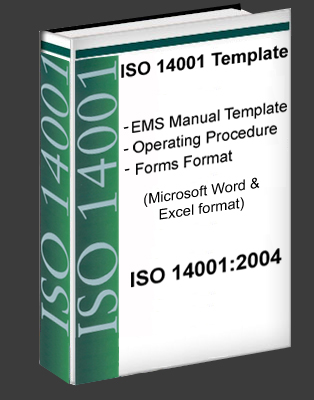Business benefits of ISO 14001 Standards
Any manager will try to avoid pollution that could cost the company a fine for infringing environmental legislation. But better managers will agree that doing only just enough to keep the company out of trouble with government inspectors is a rather weak and reactive approach to business in today’s increasingly environment-conscious world.
There is a better way. The ISO 14000 way. The ISO 14000 standards are practical tools for the manager who is not satisfied with mere compliance with legislation – which may be perceived as a cost of doing business. They’re for the proactive manager with the breadth of vision to understand that implementing a strategic approach can bring return on investment in environmentrelated measures. Implementing an ISO 14000-basedenvironmental management system, and using other tools from the ISO 14000 family, will give you far more than just confidence that you are complying with legislation.
The ISO 14000 approach forces you to take a hard look at all areas where your business has an environmental impact. And this systematic approach can lead to benefits like the following:
a. Reduced cost of waste managementb. Savings in consumption of energy and materialsc. Lower distribution costsd. Improved corporate image among regulators, customers and the publice. Framework for continuous improvement of your environmental performance.
The manager who is “too busy managing the business” to listen to good senseabout environmental management could actually be costing the business plenty. Just think, for example, of the lost opportunities for achieving benefits like those above.
The ISO 14000 standards are management tools that will help your businessachieve environmental goals that go way beyond acquiring a mere “green sheen”.
